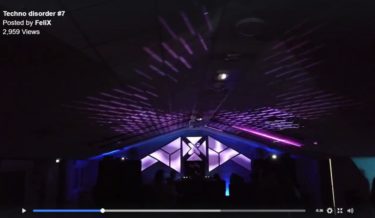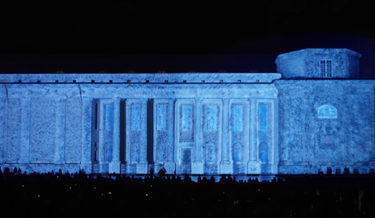Related post
3D mapping projection “Sofia’s Starmap”
Aug 03, 2017
|
Comments Off on 3D mapping projection “Sofia’s Starmap”
1650
A Light Artist Uses Projections as a Conduit to God in Arizona | #50StatesofArt
Apr 28, 2017
|
Comments Off on A Light Artist Uses Projections as a Conduit to God in Arizona | #50StatesofArt
2233










